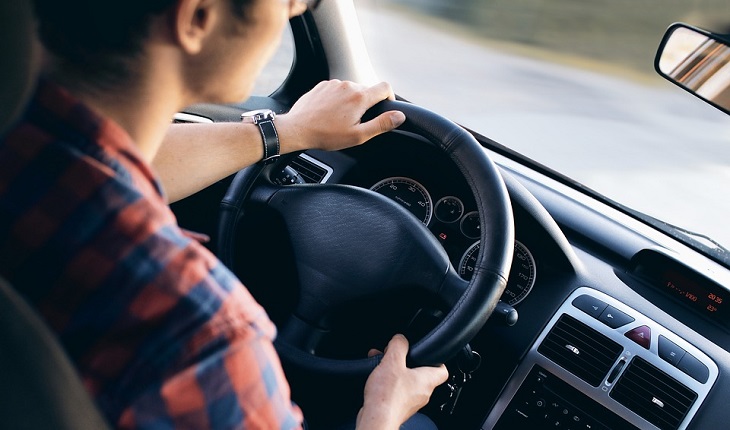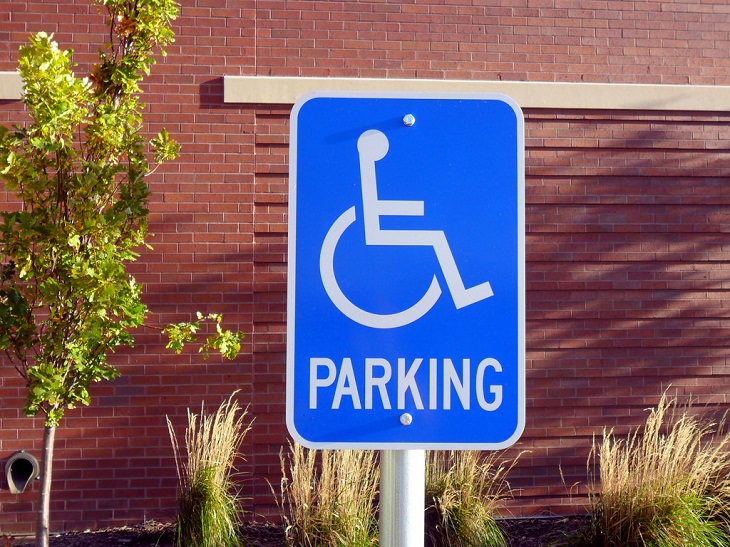Are There Different Road Rules for Disabled Parking Permit Holders?

If you have a medical condition that might qualify you for a disabled parking permit, you probably have a lot of questions about what to expect during the application process and after you receive your placard. There are some differences that handicap parking placard holders might experience from other drivers on the road. Here’s a breakdown of the steps you’ll need to follow to keep up with the road rules for disabled parking permit holders.
-
Obtain your disabled parking permit.
There are a multitude of health issues that will qualify you for a handicap parking permit. Anything from a cardiac condition and asthma to loss of mobility and vision issues can all satisfy the Department of Motor Vehicles (DMV) regulations for disabled parking permits. You can find a full list of conditions that qualify as a disability on your state’s DMV website.
To get started with the application process, you can get a form from the DMV either in person at your local office or online. The next step is to complete this form with a licensed medical professional that can attest to your disability and sign off on your need for a placard. If you don’t have a physician that can help you fill out your application, Dr. Handicap can connect you to a licensed doctor in your state who will evaluate your medical history and symptoms and determine if a handicap parking placard is right for you. The physician can also help you figure out if you have a permanent disability (which could require a handicap license plate or longer-term placard) or a temporary condition that would call for a six-month placard. The doctor can help you complete the application with their signature, and then you simply send it into the DMV. Shortly thereafter, you’ll get your parking permit in the mail.

-
Read up on the rules of owning a handicap parking placard.
It’s important that you have all the necessary information about how to use your placard appropriately and responsibly. The number one thing to remember is that you are the only one who can use your placard – you can’t lend it out to friends and family under any circumstances. The only permitted use of your permit is if you’re in the vehicle. You are allowed to take it with you between cars, but it should be used solely for your benefit. Don’t forget to place the placard on the rearview mirror in full display when the car is parked so you won’t get a ticket for parking in a handicap space.
Additionally, it’s important to know the general parking rules that apply when using your placard. You can park:
- In parking spots with the international wheelchair symbol
- Next to blue curbs
- Next to green curbs (for any length of time even if there’s a posted time limit)
- In on-street metered parking places (sometimes free of charge)
- In areas that usually require resident or merchant permits
Even with a handicap parking permit, you are still not permitted to park:
- In parking places with cross-hatched markings – unless you need wheelchair access and more space entering and exiting the vehicle
- Next to red curbs (since these are for emergency vehicles only)
- Next to yellow curbs (these are reserved for commercial vehicles that use them for loading and unloading of passengers or freight)
- Next to white curbs (designated for loading and unloading of passengers or depositing mail in nearby mailboxes)
Failure to follow these rules could mean losing your placard. You could also potentially face getting a ticket, being fined, or receiving additional punishment (like community service) if you’re using your placard incorrectly.

-
Take a driver’s test.
If you’re just going to be using your placard as a passenger, there aren’t any other steps you’ll need to take to use your placard correctly. However, if you’re going to be driving, you’ll need to be fully equipped to get behind the wheel. If you have never had a license or need to get it renewed after becoming disabled, you’ll need to take a driver’s test (both a written one and a behind-the-wheel test) at your nearest DMV office. If you’re a first-time driver, you’ll get a learner’s permit initially so that you can get practice driving. As a disabled driver, you’ll also need to be able to show the DMV instructor during your road test that you can easily and safely drive. Depending on your disability, you might need to install special steering wheel hand controls or other accommodations to make driving easier for you. These items can include things like hand controls for braking and accelerating, clutch conversions, seat belt or harness modifications, special seating, or wheelchair lifts and stowage equipment. If the driving instructor can see that you can drive safely with these modifications, you’ll be able to pass the driving test and get a driver’s license issued to you.
Once you have your license, there are no other specific road rules that apply to disabled drivers only. You are required to follow the same restrictions as any other driver; the only difference is that you’ll just use your disabled parking permit when the car is parked and not in motion. Although you’ll have the advantage of using your handicap parking placard to get closer parking places, you’ll really just be like any other driver on the road. So, make sure to read up on driving rules so that you’ll be the safest driver you can be anytime you get behind the wheel.